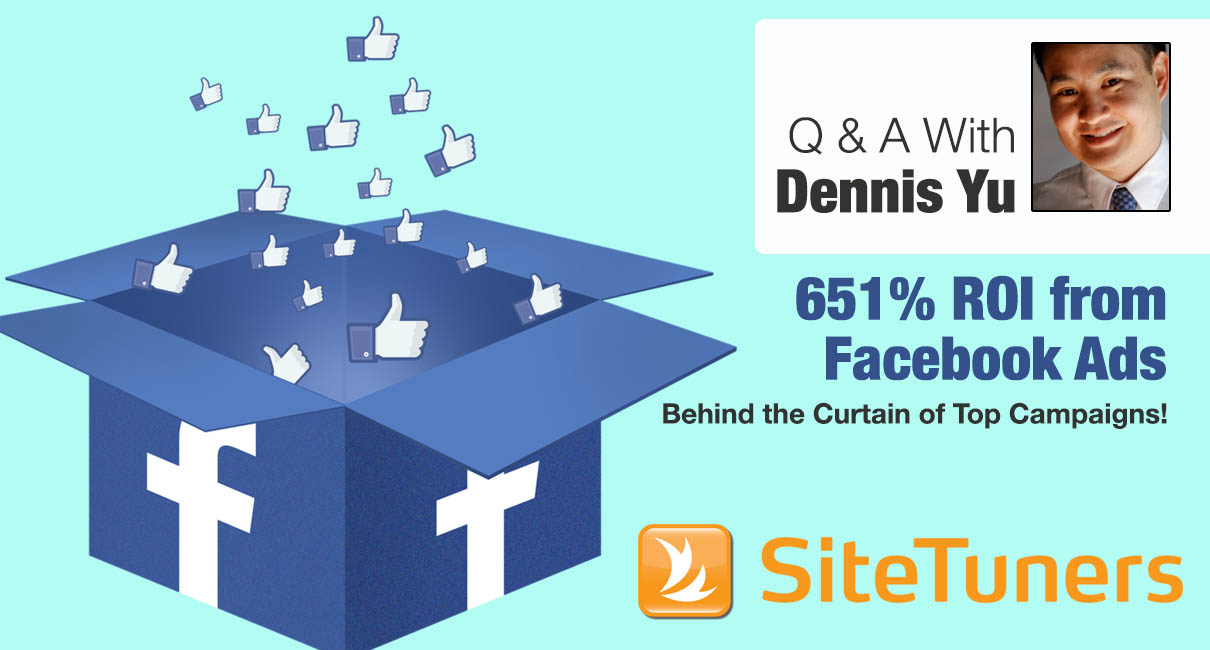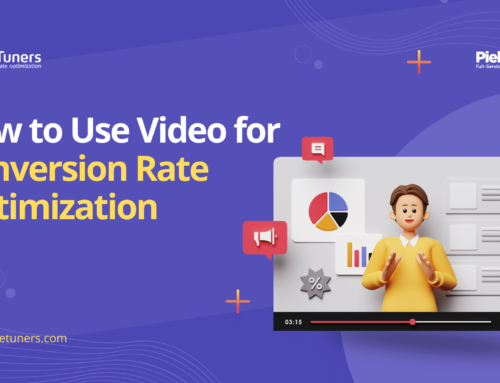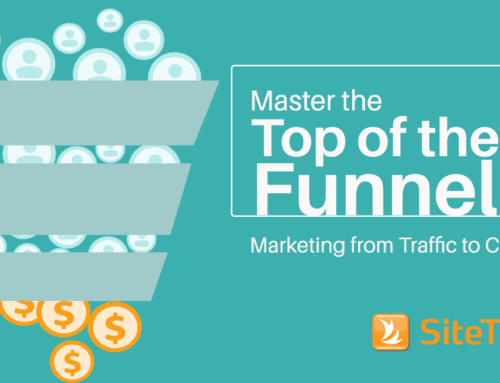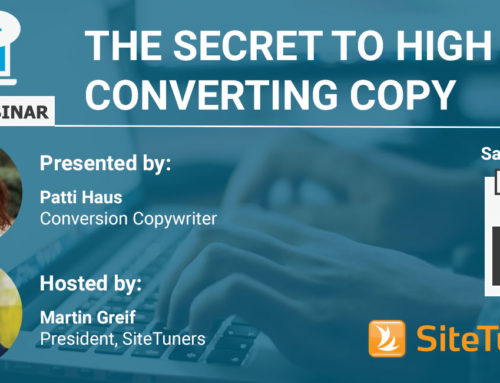
So, I met up with Dennis and got his answers to your questions and gained a ton of extra insight in the process.
And without further ado:
Can you define lift specifically for this novice?
Lift is the improvement you can specifically attribute to a campaign or activity. In this case, we want to quantify the impact of running Facebook ads. Because social primarily drives impact in other digital and offline channels (not on Facebook directly), we measure lift by randomly selecting an audience for Facebook exposure and those who are not exposed.
Sounds fancy, but here’s the simplest thing you can do:
-
- Split your email list into two randomly— half you upload to Facebook via their Power Editor tool. The other half becomes your control. If your list is under 10,000 people, it might be too small for this test.
-
- Run page post ads to fans, with the daily budget set to 50 cents per thousand people in the list. So if you have uploaded 5,000 people, then set a budget of $5 a day.
-
- Segment your email list by these two groups— one that you’re nurturing on Facebook, the other not.
-
- Mail both audiences to see the difference in opens and clicks. The fact that they’re being nurtured on Facebook will impact the performance of your email channel. Ideally, you have a conversion you’re tracking to, so that you can calculate incremental revenue.
-
- Calculate lift by looking at the difference in CTR, clicks, conversions, and revenue between the test and control. So if you got 300 clicks in your test group and 200 clicks in the control, then you got 100 incremental clicks. Or maybe you generated $5,000 in revenue from the test and $3,000 from the control. The lift would be $2,000.
-
- Calculate the ROI. If you spent $500, for example, on ads, but generated an incremental $2,000, then you have a 400% ROI.
Custom Audiences are awesome, but their big weakness is they’re not dynamic. They require manual updating. Hopefully, soon they’ll allow us to use our conversion data to target and exclude. Have you heard anything about this?
Unless you have ads API access, you must manually update your lists– that is true. Uploading lists every day or week can be a pain, especially if you have a lot of them. You certainly can use an exclusion list– in other words, uploading a list of people you DON’T want to reach.
For example, if the goal of your campaign is to collect webinar registrations, you’d want to target your email list, but exclude those who have already registered. No need to spam those who joined already.
Eventually there will be automation around this. We’re building it, in full disclosure, as we have Facebook ads API access.
When will FB start offering remarketing on FB themselves, rather than having to use a FBX partner, like AdRoll etc?
I’ve not heard plans to this effect– but we’re not Facebook. As a member of the PMD/ads program, we typically get early notice on changes that would significantly impact our business.
Which is better: post promote or traditional FB ad (if that’s the term)?
Depends on the goal. But generally, ads in the newsfeed work best. If you’re trying to drive folks to your website, post organically using a page post link ad. When the new changes roll out on September 10th, even photo clicks will go to your site. Use dark posts if you have a lot of message segmentation.
In short, use the newsfeed instead of the Right Hand Side (RHS) unless you have to. The 7 ads on the right side are smaller and less effective. Yes, more impressions, but usually lower cost per click, and it looks more organic.
What are the items involved in calculating social ROI?
ROI is simply the return divided by investment– usually your revenue divided by your cost. The cost part is easy. Revenue, leads, signups, or whatever you consider to be the “return” part is harder to measure.
You have to split test to measure it effectively. As we’ve discussed in the webinar, using Google Analytics or any ad tool will drastically undercount your effectiveness. For the attribution geeks here, this is far more than just last click attribution to some weighted attribution.
We’re talking about how to measure the influence of people who are saying good things about your company, even if they’re not online or where it’s trackable.
How do you control frequency given the fact that Facebook doesn’t allow us to control it manually? Do you run ads for a shorter period of time to avoid ad fatigue?
Yes– you can look at your ad frequency at the ad and campaign level to see when it’s getting high. “High” is over 3 if in the newsfeed, and over 10 in the Right Hand Side. Of course, note that even if the average is two, there might be some folks who saw your ad 10 times.
Facebook doesn’t have frequency capping yet– so you’re right, you do have to watch your ads carefully and rotate in fresh content often. It’s not like Google AdWords where you can “set it and forget it”.
There is also unlimited segments allowed for custom audiences so you can really go wild.
Yes, you can create as many audiences as you like, but I’d recommend doing as many as you truly have time to manage. If you have audiences down to just 20 people, it might not be worth your time to be updating, unless they are perhaps super high value enterprise leads.
Same analogy for the Google PPC folks who are doing tweaks on keywords that get 2 clicks a month. Focus where you’re getting the most impact, not on boasting how many keywords or audiences you have.
What’s the conversion of fan gates with large brands vs. small brands? Do you think it’s a better conversion for smaller brands to use fan gates? Just curious as to what your thoughts are on this?
A fan gate is where you have to click “like” to proceed, often revealing a piece of content underneath. Mixed opinions here by industry pros.
If you’re a well-known brand, you’ll get 80% conversion rates, especially if it’s a compelling contest or video behind the like gate. If you’re in B2B or selling something not so social (birth control pills, drunk driving legal services, etc), then folks might hesitate to click like.
Decide what the quid-pro-quo is — the value they get in exchange for clicking like.
How do you segment out the countries in a report on your ads?
You can run a demographics responder report– one of the many canned reports. But we don’t recommend you target more than one country per ad, so that it’s easier to optimize performance on the fly.
Would you agree that Facebook posts have a lifetime about 2 – 3 h but the first 30 minutes are more important? … and in this time they reach only about 10% – 20% of fans. So if you want to see some actions on pages, you have to pay for some ads to keep posts alive.
True, you can keep a post “alive” longer by paying for it. But we recommend you amplify in the first couple hours, since you get more viral power while it’s hot.
How do we integrate FB ads with Google Analytics?
You can include your utm tags in your tracking urls, so you can see how well each Facebook ad converted.
You can include the “domain insights” from Facebook in your overall reporting– to monitor traffic in both directions. You can’t get that level of detail from Google Analytics– especially not how social plugins perform, such as impressions and clicks on objects.
How do we tell which emails in our custom audience matched from our original list?
You don’t. Facebook just gives you total match rates, not by individual email. I suppose you could load up small lists to approximate.
How do you target time of day for paid ads on Facebook?
You have to manually pause and unpause, write your own software (like we have done), or use someone else’s tool (not sure who else does this).
Is boosting your status and articles worth it? How much organic reach can you get by just sending a status as opposed to boosting it?
Never hit the boost post button. Read this: http://socialfresh.com/facebook-boost-button/
I used to use promoted posts a lot for a client’s website. Recently, none of my promoted posts have been approved. What could be the cause?
Likely the 20% text rule. Read about it here and use Facebook’s grid tool to test your images:
https://www.facebook.com/help/468870969814641
You’ve discussed amazing ways to combine FB & email with split testing – is there any way to split test FB ads as part of auto-respond email campaigns? – i.e. can you time ads to appear after a certain number of emails have been sent out, to further deepen impact?
Of course you can “time” when you send messages. You must do it manually, however, unless you write software to do this.
Manually, you can specify what static list of users receive what messages when in their newsfeed. That’s why we’ve been automating this. Warning– getting access to Facebook’s ads API is not easy.
So split testing is sequential – not in parallel?
No – split testing is always done parallel, so you don’t have seasonality (date) as a confounding factor.
We love using OCPM for “page likes.” What we’ve found though is that ads with smaller audiences end up costing us more (in terms of cost per like) than ads with broader audiences. Is this normal? I thought granular targeting was meant to be more cost effective?
Granular targeting usually means you’re more personalized. Higher relevancy usually equates to a higher CTR– so a lower cost per click.
What dimensions should I use for images in sponsored posts now, and what will they be after Sept 10?
Use 640 images width with a 1.9:1 aspect ratio. Facebook will resize it automatically for whatever placement you use.
What is Onion Targeting?
When you continue to narrow down a list with more and more filters, you have concentric audiences that get smaller and smaller.
Start with a medium-sized target and then create more and more smaller targets when you find general ones that work.
That saves you the pain of needless ad multiplication and premature optimization.
What’s your target audience size for segments?
5% of your daily spend. That allows you to manage 20 ads at once. So if you have a budget of $100 a day and are running in the newsfeed in the US at $4 CPM, then you can run 25,000 impressions a day. That means you can run just over 1,000 impressions per ad daily, all else equal.
And assuming you can hit about a third of your target on any particular day, that means 3,000 people is a good audience. Some will be larger or smaller.
If you have time to manage a lot more ads, then you can go for bigger audiences.
If you have a bigger budget– let’s say $1,000 a day, then audiences of 30-50k won’t eat up a bunch of budget for your testing.
Likewise, if you have only $5 a day, then an audience of 30k will eat up your budget quickly.
When you’re talking about measuring ROI and setting up a control, how are you measuring the control?
A control group is nothing more than the folks who don’t get Facebook ads, while the test group does. You choose whatever variable you can measure– email CTR, sales, check-ins, or whatever you can get at the zip code level. We prefer to randomize test vs control by zip code, but it could be anything that is randomized.
Work with the best!Kickstart your optimization with a 90-minute Website Review from the pioneers in conversion rate optimization. Our CRO experts at SiteTuners can help diagnose your website from a conversion and usability perspective. |



